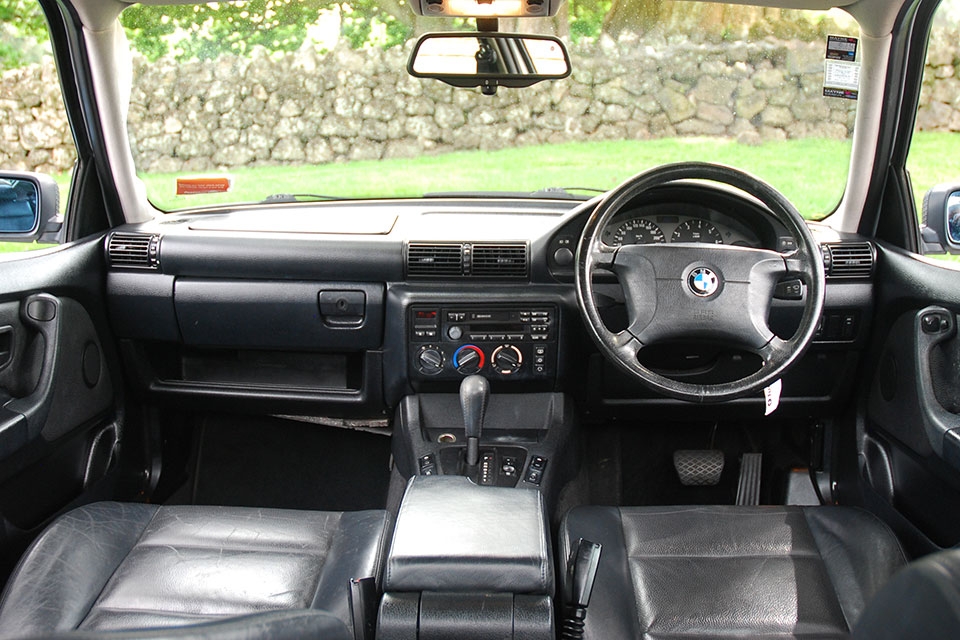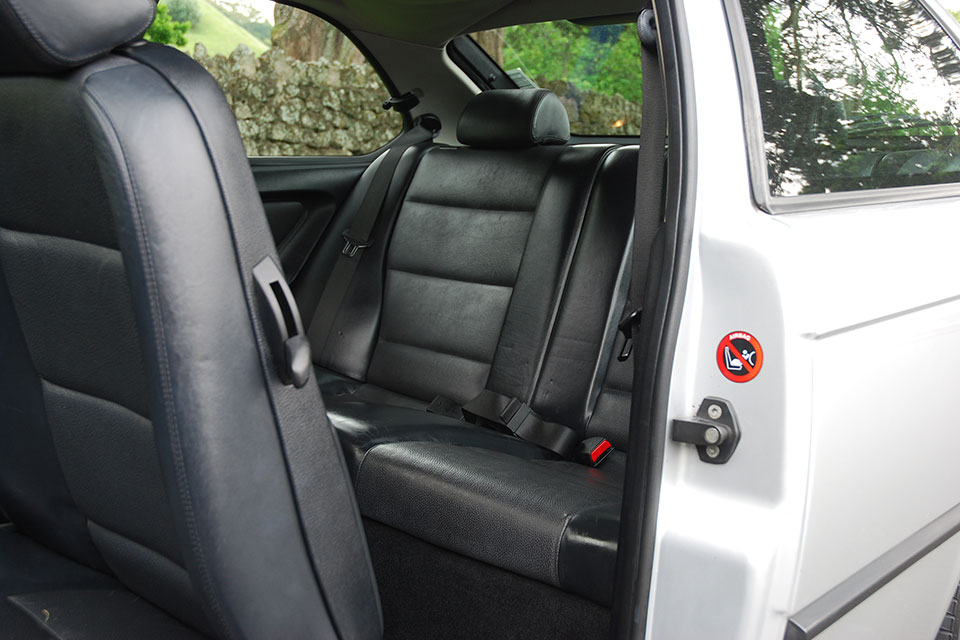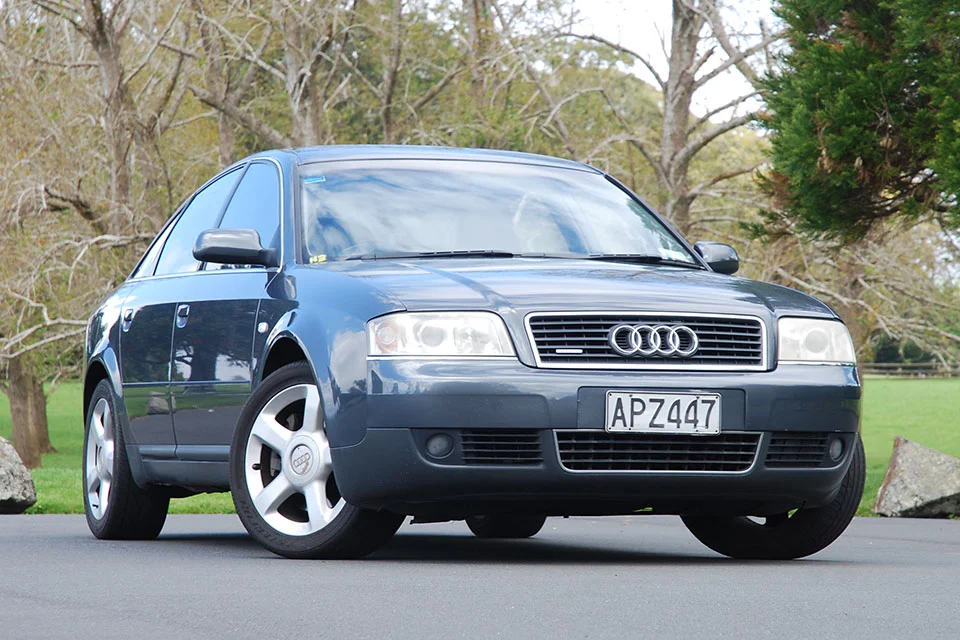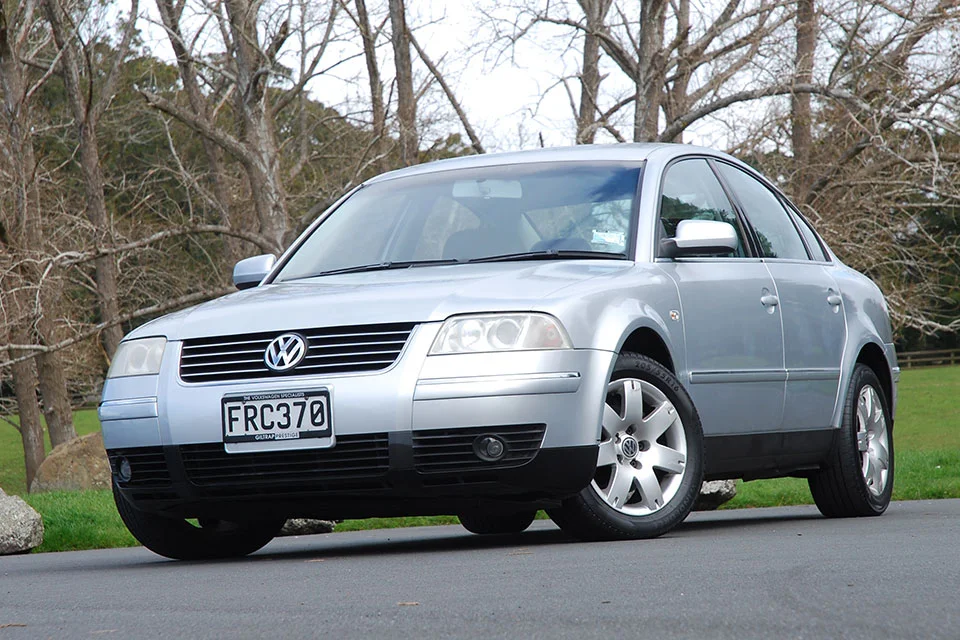BMW 318 1993-2000 used car review
The 318ti is a great small car to drive, with sharp handling.

The 318ti is a great small car to drive, with sharp handling. At this age, they are fragile and pricey to run.
The “E36” model BMW 3-Series is the third generation of the company’s most popular model line. The 318ti, or “Compact” as it is known, is the hatchback version. The model is also available as a sedan, wagon, coupe and convertible.
Inside and out
The hatchback looks like all other 3-Series from the front which is squared off, with four round headlights that sit inside long rectangular lenses. In between is the famous BMW “kidney” grille. Black rubber strips run right around the car, handy for preventing car park dings. The rear end is not rounded like a normal hatch. Instead, the car has a short, sharp-edged boot lid like a saloon.
The Compact features a slightly more basic interior than the rest of the 3-Series models, though it is still pleasant. The materials all feel robust and of high quality, particularly the dash and doors which are covered in sturdy plastic with a heavy grain to it. The gauges are black with white lettering. In the centre console is the cassette-player stereo, which has had a band expander fitted to receive local stations, and the controls for the manual air-conditioning. The electric window switches sit either side of the transmission shifter.
The front seats can be adjusted up and down manually. They are firm and comfortable yet, unusually for a sporty car, offer little side support and are easy to slide around on. To get into the rear, you pull a lever on the side of the seat and it tilts and slides forward. Rear legroom is tight and the seat is only wide enough for two adults.
The boot space is good for a small hatchback - one large and two small suitcases or two medium and two small bags should fit. The rear seat folds forward for additional storage space. To the left of the boot is a softbox covering a CD changer system for the stereo.
On the road
The 3-Series was available with engines that ranged in size from 1.6-litre four-cylinder to 3-litre six-cylinder, but the 318 models were powered by a 1.8-litre four-cylinder (1994-1995) or a 1.9-litre four-cylinder (1995-on). The 1.9-litre engine in our review vehicle produces 106kW and 180Nm, which is healthy for a small car.
That’s plenty of power for a small car and the 318 performs very well. You won’t win many sprints away from the lights but the car will overtake with ease when up to speed. The engine produces a little noise when pushed.
The 318 is very enjoyable to drive. The steering has a nice weight to it and is very quick and responsive. The ride is firm and there is little body roll, and the brakes are very effective. Our review car feels like it has been looked after very well and the suspension and mechanical systems have been kept in very good condition.
Visibility and parking are relatively easy. The windows are large and, although the small “ducktail” style of the rear can slightly restrict vision, it is easy to see what is behind you. The steering is not as light as in small Japanese hatchbacks, something that should be noted if you spend a lot of time in the city.
The 318 has a reasonable tow rating for a small car. It can pull 620kg unbraked (a small-to-medium garden trailer) and 1,300kg braked (a small trailer boat).
Safety
RightCar gives this generation 3-Series a low two-star Used Car Safety Rating, based on real-world crash statistics. Driver and passenger airbags and anti-lock brakes are standard for all models, with side-airbags an option until 1998 when they also became standard.
Our review vehicle is also fitted with traction control, which reduces power if required to maintain traction in slippery conditions.
There are no ISOFIX child seat mounts in the back seat. The centre seat belt is a lap-only type, which does not offer as much protection as a full shoulder-style belt.
Reliability
Age and mileage mean most cars in the E36 BMW range on the market are a little fragile. The engine uses a timing chain which will not require regular replacement.
Keep a close eye on the cooling system. A significant amount of plastic was used and it was soon found to be not durable enough for the job. Pipes, connectors and radiator tanks can all become brittle over time. The water pump is also known to fail and can cost up to $1,000 to replace.
Expect to regularly replace and maintain suspension and brake components. Ball joints, tie rods and other suspension items are likely to be worn out by this age and although each is not expensive individually, bills can add up. Creaks, groans, rattles and loose or uneven steering can be signs of wear.
Cases are beginning to appear of headliner fabric separating from the ceiling. Replacement costs start from a few hundred dollars.
Cost of ownership
BMW recommends servicing the 318 every 12 months. The services rotate through three prices. The first is $480, the second $550 and the third, which includes filters and spark plugs, totals $950. That service can be more if the brake fluid needs to be changed, for $140, or the coolant, $180.
We could find no local fuel consumption data for the 318 hatchback. International data shows it is a very thirsty small car. Over a mix of urban and open road conditions, the car will use 10.2 litres per 100km. The 52-litre tank will cost $104 to fill at $2 a litre and should last 460km before the fuel light comes on.
A vehicle licence for the 318 costs $99.02 a year, with the car in the second cheapest ACC levy group.
Trade Me Insurance estimates insurance for a Compact valued at $3,860 will cost $42.97* per month. This is $3 cheaper than the sedan version from the same year.
Buyers’ guide
The 318ti ranges in price on Trade Me from $1,500 to $5,200 for low mileage, excellent condition versions. The hatchback is worth less than the other body shapes.
Variants
The Compact was available in two specifications.
- Selection or SE - Features alloy wheels, leather upholstery, manual air-conditioning, cassette player stereo, electric windows, driver and passenger airbags and antilock brakes
- M-Sport - Adds body kit, sports alloy wheels and part leather sports seats.
Japanese import versions, like our review vehicle, are all automatics and the New Zealand-new version was available with a five-speed manual.
Timeline
- 1990 Launched as a sedan
- 1991 Launched as a coupe
- 1993 Launched as a convertible and hatchback
- 1994 Launched as a wagon
- 1997 Given a cosmetic facelift
- 2000 Production ends
Details
1999 BMW 318ti Selection
$1,500 to $5,200
1.9-litre six-cylinder, 106kW and 180Nm
Four-speed automatic, rear-wheel drive
Two-star Used Car Safety Rating
Every 12 months
Space saver wheel
10.2-litres per 100km (claimed)
Premium
4210mm
1698mm
1393mm
620kg (unbraked, 1300kg (braked)
10.4m
This review covers the BMW 318 for model years 1993, 1994, 1995, 1996, 1997, 1998, 1999 and 2000.
Review vehicle supplied by Turners Cars.
*Our insurance estimates are based on a 35-year-old male with no accidents in the last two years, garaging the car in Mission Bay, Auckland. The car is not used for business and will cover 10,000km to 20,000km a year. We estimate with no option add-ons and $500 excess. Customise your estimate at Trade Me Insurance.
Image gallery
Also consider





